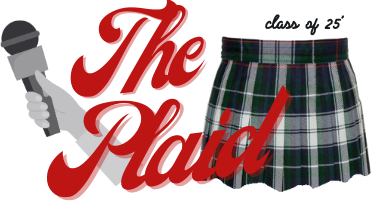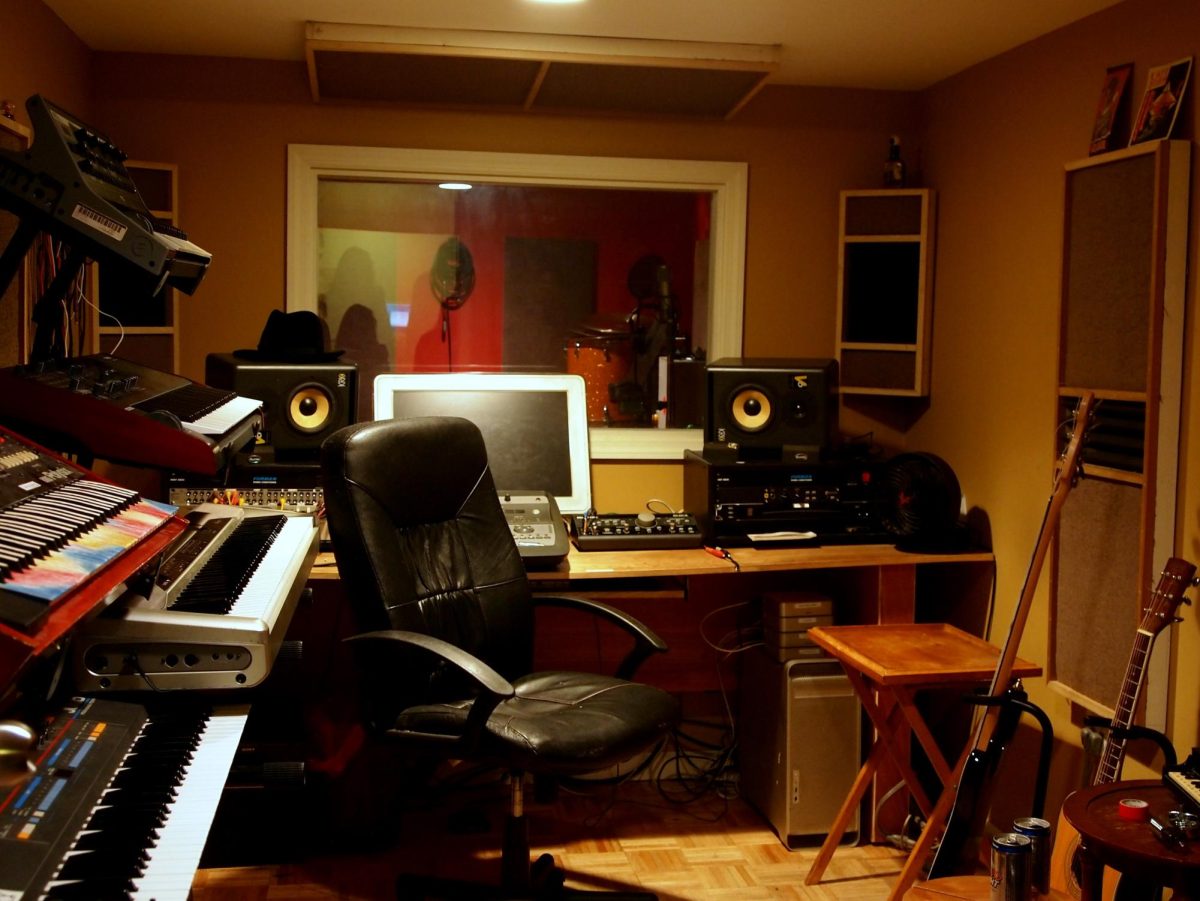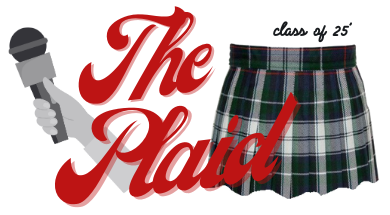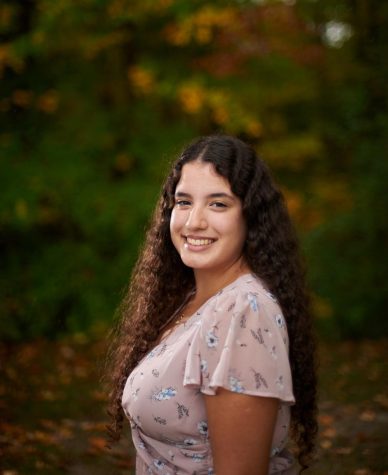
DISCLAIMER: Discussion of Mental Health and Suicide
A study in 2021 found that seven out of ten people use social media. The uses range from communication, entertainment, and networking. For most of these users, social media has become a daily part of their routine.
When Pew Research Center tracked social media usage in 2005, they found that 5% of American adults used at least one major social media platform. By 2011 they found that the statistic had risen to 50% of all Americans. In 2021, 72% of the public were found to use some type of social media.
Along with the rise in social media usage, there has been a rise in mental illnesses like depression and anxiety. Social media outlets are overcome with people posting their “perfect lives,” which often consist of artfully curated images, only capturing a snip of people’s lives. Many social media users are unable to navigate which images may be fake or edited. When coming upon these images, users tend to compare themselves, leaving them feeling anxiety, depression, and body image issues.
Social media has also given bullies a platform to further humiliate and harass their peers. Through social media, they are able to spread misinformation, leave negative comments, and spread photographs and videos to unlimited amounts of people.
A study by the University of Pennsylvania found that limiting time on social media platforms causes great decreases in feelings of depression and loneliness. These results were especially pronounced in the subjects that reported higher rates of depression at the beginning of the study. This experiment further supports the connection between increased social media use and increased mental health issues.
In October of 2021, whistleblower Frances Haugen exposed Facebook, now known as Meta, for what is one of the most threatening scandals in their company history. Haugen testified among the Senate, claiming that the company’s algorithm prioritized “unhealthy side effects on important slices of public content, such as politics and news.” This means that the algorithm tends to boost misinformation, toxicity and violent content, as it elicits a stronger reaction from viewers. Haugen stated that Facebook focused itself on the growth of the company instead of the implementation of safety on the platform.
Since Haugen’s testimony, the government has held hearings with representatives from several social media platforms in order to make social media a healthier platform for generations to come. In a meeting with Congress, lawmakers on both sides agreed that more action is needed to ensure that children are safe online. They highlight the importance of only showing age appropriate content to children, as well as the importance of limiting time on social media.
Many social media platforms have implemented different strategies in order to make their platforms a safer and more user-friendly place. For example, Instagram has given the option for users to remove the “like-count” on posts as well as the “Take a Break” option. This option allows users to schedule a set amount of time allowed on the platform, before their screen alerts them to “take a break,” as they have hit their set limit of social media time for the day.
In order to stay safe and healthy while using social media, it is essential that people are educated on media literacy at a young age. Media literacy allows users to critically analyze manipulated media. With media literacy, people will be able to decipher what is fake in the media, which will then allow it to have less of an effect on their mental health.
It is essential that this issue is brought to awareness as there is constant growth in the population who uses social media. Additionally, children are being exposed to social media and technology at younger ages. Exposing them to these platforms and harmful ideas at younger ages, might make it more difficult for them to decipher what is real and what is fake.















